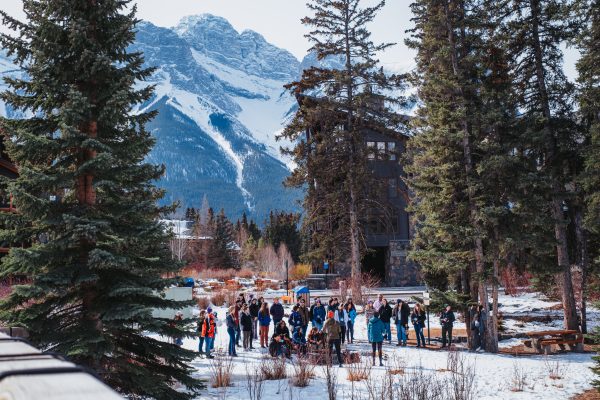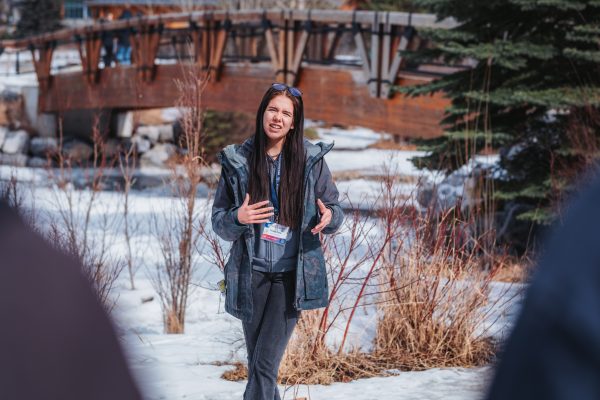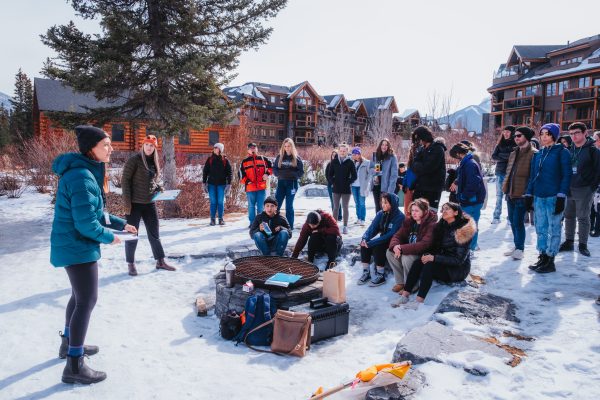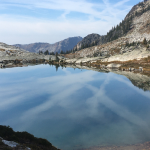The Youth Perspective: My experience at an Environmental Youth Summit
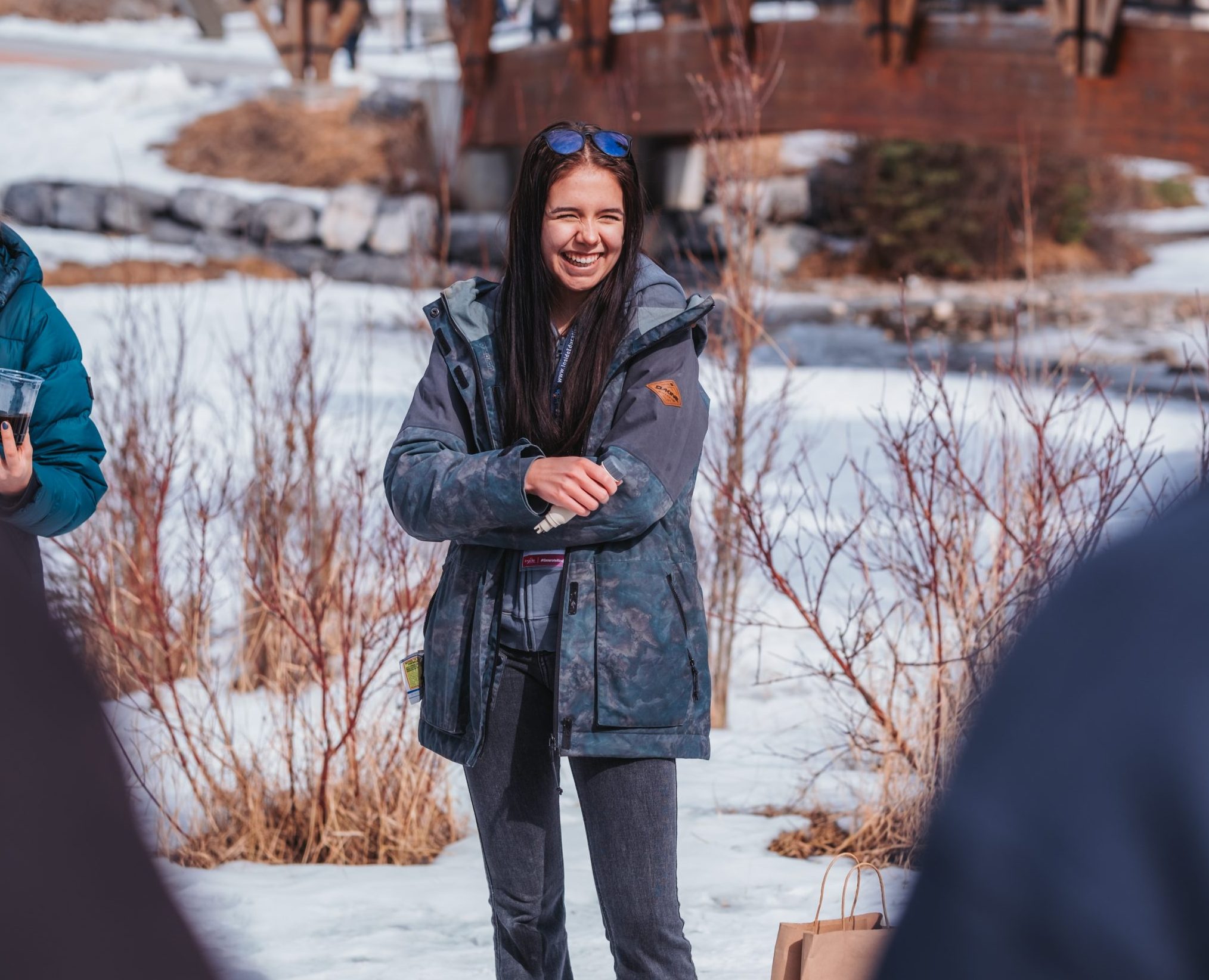
Trinda at the Generate & Navigate Youth Energy, Water & Climate Leadership Summit in Canmore, Alberta. Photo by Jordan Hon
Growing up in a small town around water, mountains, and my own Indigenous land means that protecting these places has always been a crucial part of my life. At a recent youth summit held in Canmore, Alberta, I had the opportunity to share my appreciation for my land as Living Lakes Canada’s Indigenous Youth Ambassador. The summit was like nothing I’ve ever experienced. It was beyond fulfilling and I hope the youth become inspired to protect their own freshwater areas.
From March 16th to 19th, Inside Education hosted the Generate & Navigate Youth Energy, Water & Climate Leadership Summit. High School students from 20 different schools across Alberta and over 50 expert guests descended on the small mountain town. The aim of the conference was to advance energy, water and climate education and empower young leaders. Alongside Living Lakes Canada’s Camille LeBlanc, Lake Blitz Program Manager, and Emily Jerome, Communications Coordinator, I helped share the importance of freshwater monitoring to other youth participants.
During my time at the summit, I discussed many topics with the students as they showed an eagerness to learn. They asked many questions and were consistently engaged on all topics of discussion. On the first day, we did speed networking. In only 8 minutes, I educated each group of students about the importance of stream bugs and how they impact the way we monitor freshwater.
On the second day, we had a roundtable session where the students would come to our table and learn about our National Lake Blitz Program and how they can get involved with water monitoring on a citizen science level. After the session, we led 40 students on a short field trip to Policeman Creek. Although the creek was still frozen over, it was the perfect backdrop to further discuss water monitoring and run multiple watershed-focused activities with the students. The students worked together on a scavenger hunt to discover some of the human impacts on watersheds. We also had them map out where they would monitor in Canmore’s own Bow River watershed based on the human impacts they learned about during the scavenger hunt. I thought the students did an amazing job when explaining why they chose certain locations to monitor and it was clear they were absorbing the copious amounts of information we were giving them. I had an incredible experience working with all the students and being able to interact with them during all the activities we did.
One of the biggest challenges I faced during the summit was presenting in front of the students. I had never spoken to so many students before about a topic this important, but as discussion started, the nerves left as quickly as they came. I was able to connect with the youth on a more unique level because we’re so much closer in age. My hope was to show the students that you don’t need extensive amounts of degrees or schooling to enter the environmental sector. All you need is passion and determination.
The connections I made weren’t the only rewarding part of the summit. Watching the students discover what enthuses them was just as gratifying. It is so important that we continue hosting youth-centred summits like Generate & Navigate. It allows our youth to not only understand the importance of water, climate, and energy education, but it also allows them to become inspired about various opportunities in the environmental field and what they can do to make a change. I learned so much more than I expected from the experience, and I hope to continue to connect with our youth and educate them about water monitoring and why it is vital for our changing climate.
Written by Trinda Cote, Indigenous Youth Ambassador with Living Lakes Canada
